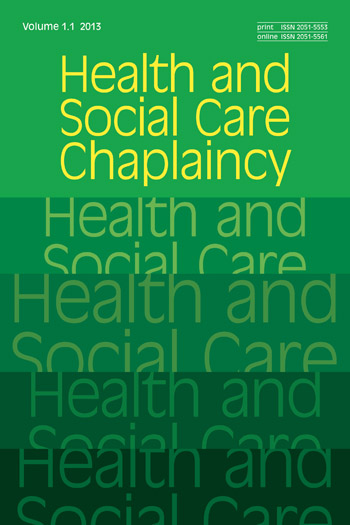Reviews
With a discerning ear for the personal story, Professor Kelly Denton-Borhaug offers an impassioned cultural and political critique of the moral costs of war and an analysis of the role of certain types of religion in undergirding these harms. All too often, as she shows, notions of masculinity and nationalism, along with the rhetoric of sacrifice, obscure the consequences of brutality and atrocity. Moral injury is a thoughtful exploration of structural and cultural violence and its devastating impact on national identity.Katherine Stewart, author of The Power Worshippers: Inside the Dangerous Rise of Religious Nationalism
We are a warlike nation. That we let 1% of our citizens do our fighting for us does not alter that fact. We are a violent people, whatever our race, gender, or ZIP code. Professor Denton-Borhaug lifts the veil from these and other unwelcome truths in this brilliant book, distilling decades of scholarship and insight, and dispelling our militaristic delusions. A must read for truth-seekers and peacemakers, and for all who wonder why they experience such confusion and inner pain in our pervasive war culture.
Robert Emmet Meagher, author of Killing From the Inside Out and Albert Camus and the Human Crisis
While I am a cautious reader or advocate of scholarly books – books that are dependent on the intellect over lived experience – Kelly Denton-Borhaug’s effort transcends this tendency. This book is not only insightful, well crafted, sensitive and thoughtful – this book is brilliant.
Claude AnShin Thomas, Zen Buddhist monk and author of At Hell’s Gate, A Soldiers Journey From War To Peace and Bringing Meditation To Life
Through Kelly Denton-Borhaug’s relentless pursuit of the question, “can human morality really be accommodated with war?” she uses the “atrocity” of moral injury as a flashpoint, a lens through which to see realities and truths about war often obscured by U.S. war-culture. Her social, structural, and cultural analysis compels the reader to “revisit and rethink the purpose and meaning of the military, the nation, even citizenship, and especially the (civil) religious underpinnings of U.S. national identity.” Ultimately, the reader will find herself reevaluating everything in light of the atrocity of moral injury. A necessary work for any scholar, caregiver, or person who lives in the United States, immersed in a structure and culture of war.
Rev. Dr. Michael Yandell, Senior Minister at First Christian Church, Greensboro, NC, and author of War and Negative Revelation: A Theoethical Reflection on Moral Injury
The intermingling of sexism, war, abuse, dishonor, and so many other complicated dynamics make and exacerbate moral injury. This is a must-read for all who are inclined to understand these dynamics especially in veterans, in order to banish them from societies now so replete with bellicose ways that there often appears no way out. The author shows some creative solutions and a deep reverence for the lives in the balance.
Dr Mary Hunt, Women's Alliance for Theology, Ethics and Ritual








